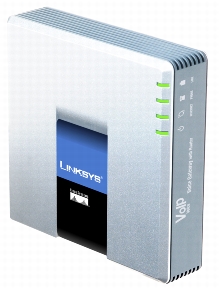Ubuntu 11.04 Natty Narwhal Annoyances (Dell E6410 with NVS 3100m GPU)
I recently upgraded my Dell E6410 with NVS 3100m GPU laptop from Ubuntu 10.10 (Maverick Meerkat) to 11.04 (Natty Narwhal), and I can’t shake this feeling that the distribution has taken a few steps back. I’m not even referring to the new Unity desktop, but to some super-irritating annoyances I had to fix or work around before being able to use the system. These annoyances were not present in 10.10, it had a whole different collection. 🙂


